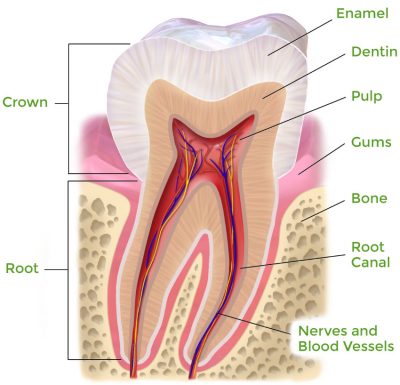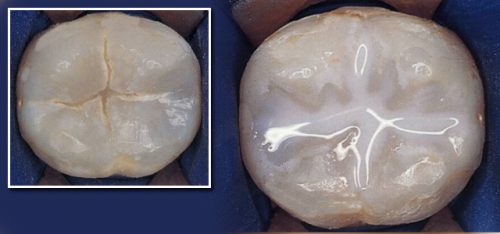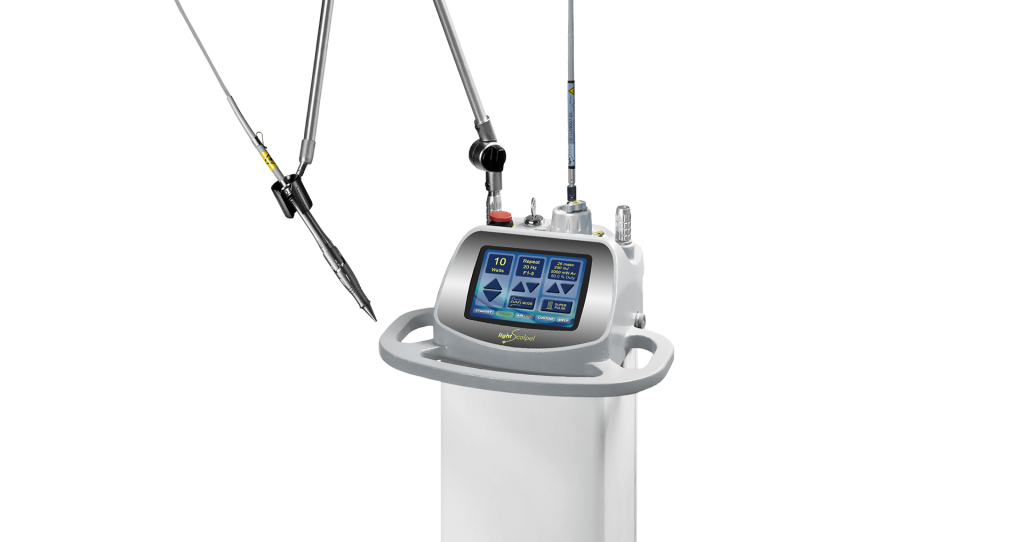Sealants prevent tooth decay
A dental sealant is a thin, tooth-colored resin coating painted on the chewing surfaces of teeth, usually the back teeth (the premolars and molars), to prevent tooth decay. The sealant quickly bonds into the depressions and grooves of the teeth, forming a protective shield over the enamel of each tooth.

Tooth Anatomy
Although thorough brushing and flossing can remove food particles and plaque from smooth surfaces of teeth, they cannot always get into all the nooks and crannies of the back teeth to remove the food and plaque. Sealants protect these vulnerable areas from tooth decay by “sealing out” plaque and food.

Before and after sealant placement
Who should get sealants?
Because of the likelihood of developing decay in the depressions and grooves of the premolars and molars, children and teenagers are candidates for sealants. However, adults without decay or fillings in their molars can also benefit from sealants.
Typically, children should get sealants on their permanent molars and premolars as soon as these teeth come in. In this way, the sealants can protect the teeth through the cavity-prone years of ages 6 to 14.
In some cases, dental sealants may also be appropriate for baby teeth, such as when a child’s baby teeth have deep depressions and grooves. Because baby teeth play such an important role in holding the correct spacing for permanent teeth, it’s important to keep these teeth healthy so they are not lost too early.
How are sealants applied?
Applying sealants is a simple and painless process. It takes only a few minutes to apply the sealant to seal each tooth. The application steps are as follows:
- First the teeth that are to be sealed are thoroughly cleaned.
- Each tooth is then dried, and cotton or another absorbent material is put around the tooth to keep it dry.
- An etching solution is put on the chewing surfaces of the teeth to roughen them up which helps the sealant bond to the teeth.
- The teeth are then rinsed and dried.
- A bonding agent, or adhesive, is coated onto the teeth.
- Sealant is then painted onto the tooth enamel, where it bonds directly to the tooth and hardens with usage of a special curing light.
How long do sealants last?
Sealants can protect teeth from decay on average up to 10 years, but they need to be checked for chipping or wearing at regular dental check-ups. We can replace sealants as necessary.
If you have questions about sealants or would like to know if this is a good preventive treatment option for your teeth, please schedule a consultation with our office.









